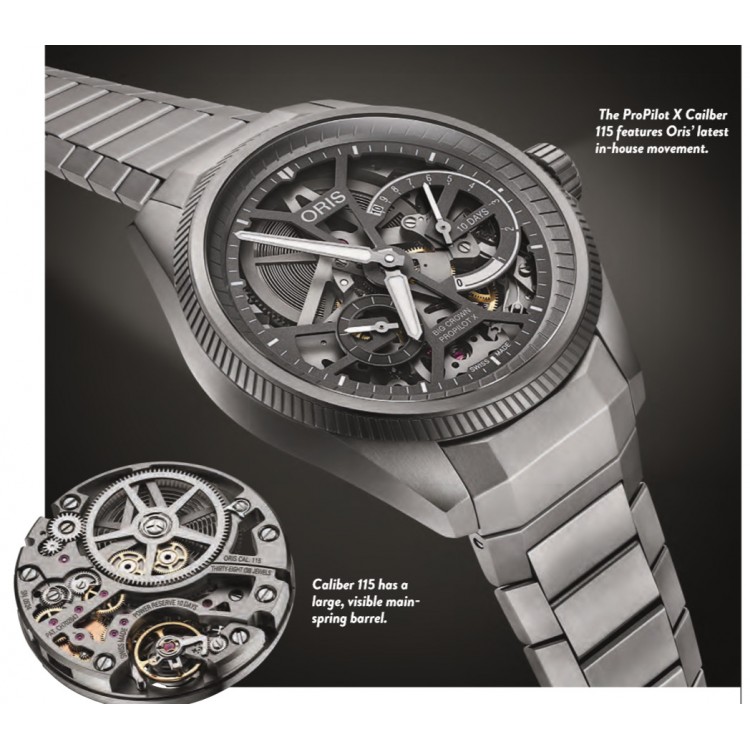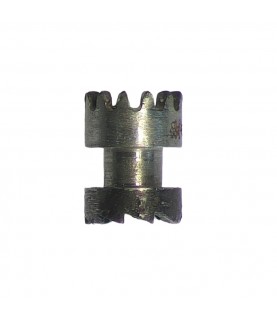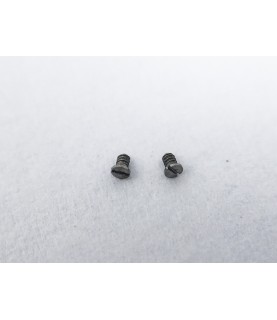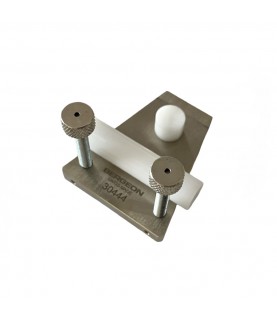Oris Skeleton Statement

-Prior to the Quartz Crisis of the 1970s and ‘80s, Oris had an extensive history of in-house movement production. From 1982 onward, Oris would place its focus instead on the less-intensive, less costly process of producing in-house modules for the base movements it acquired from its Swiss suppliers. As Oris was heading into its centennial in 2004, however, it decided it was high time to plunge back into developing movements in-house from the ground up. To this end, Oris watchmakers and designers teamed with Switzerland’ s L’Ecole Technique Le Locle to design and produce a mechanical movement that would include a high level of functionality but would also be cased in watches that could be comfortably produced at Oris’s famously accessible price points. The project, which required 10 years of research and development, saw fruition in 2014, Oris’s 110th anniversary, with the aptly named Caliber 110, which debuted inside a limited edition from Oris’s dressy Artelier collection and it offered a remarkable 10-day power reserve that was stored in a single, extra-large barrel. In the five years since, Oris has built on Caliber 110 with added complications, each new variation adding a level of complexity and each introducing a new combination of functions. This year saw the latest evolution of Caliber 110 in the new ProPilot X Caliber 115, a skeletonized timepiece that looks unlike any watch released by the brand in recent memory. Open working its in-house movement provided a unique set of challenges that took around two years of R&D. The process that goes into typical skeletonization requires the removal of parts of the dial and parts of the movement, and figuring out whether or not the caliber- with its extra-large barrel- would be able to function properly (and still look attractive) with various parts discarded was a serious question. Luckily, Oris’s designers and technicians were able to tackle the problem while still keeping some of the intrinsic details that define an Oris pilots’ watch. The knurled bezel, inspired by jet engine turbine blades and a standard Big Crown ProPilot feature, remains. As does the large, non-linear power reserve display at 3 o’clock that is characteristic of all modern Oris watches that feature an in-house movement. Among the notable changes are the extra-large barrel, now fully visible at 12 o’clock, and fully skeletonized so that the watch’s wearer can view the mainspring coils tighten as the watch is hand-wound. Another is the finishing of the movement and bridges, or the lack thereof: the skeletonized bridges are matte gray rather than polished and the movement features absolutely no chamfering or beveling, adding to the “raw” unadorned look. Oris also adjusted the design of Caliber 115 so that rather than placing the small seconds display at 3 o’clock, It’s positioned between 7 and 8 o’clock. Finally, this is the first pilots’ watch from Oris to jettison numerals in favor of indexes. The titanium case measures 44 mm in diameter, and the titanium bracelet with snakehead- esque “lift” clasp, designed exclusively for this model, is fully integrated into the case. There’s also the option to purchase the watch with a black leather strap with a “lift” clasp made of titanium. The screw-down crown is also made of titanium and helps aid n the watch with its 100 meters of water resistance. Prices start at $7,200 0n a leather strap and go up to $7,600 on a bracelet. - LRB




